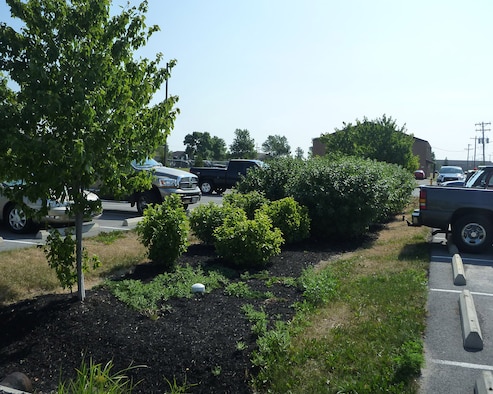For the past year I’ve been working with Dr. June Hammond Rowan on an analysis of New Hampshire master plans and regulatory documents. When I started on this project I didn’t know exactly what ‘regulatory document’ meant, let alone what a master plan was.
In case you don’t know either, a master plan is a document that lays out a community’s plan for the future. It’s a collection of standards, goals, hopes, and ideas, all meant to make that community a better place.
A regulatory document, like a zoning or subdivision ordinance, should be based on the master plan and contain the same design standards. The regulatory document gives the community guidelines that can be enforced.
Our research started with the collection of documents from 56 communities spread throughout New Hampshire. We read through the master plans first, looking for environmentally focused language; phrases like conservation, open space, climate change, and storm water. Once we found them, we had do figure out what they meant.
We broke all of this environmental language into one of three categories: Background, where communities provide general information on a topic; Mention, where communities quickly touch on a topic but don’t say anything meaningful; and Action, where communities lay out specific environmental goals and the steps they’ll take to achieve them.
Recently, we’ve been focusing on storm water regulations. This half of the research is still in the early stages but themes are starting to emerge. A common way to reduce storm water runoff is to limit impervious surfaces, things like parking lots and driveways. We’re also seeing communities require vegetated buffer strips along high runoff areas.
So far, the biggest hurtle we’ve run into is the way information gets presented. There aren’t defined standards to writing these regulatory documents. Some communities have clear guidelines in a Design Standards section, but others spread these instructions throughout different documents. Because of this, an early recommendation we have is to develop a set of standards, one that makes this information easier for developers, planners, and community members to find.

